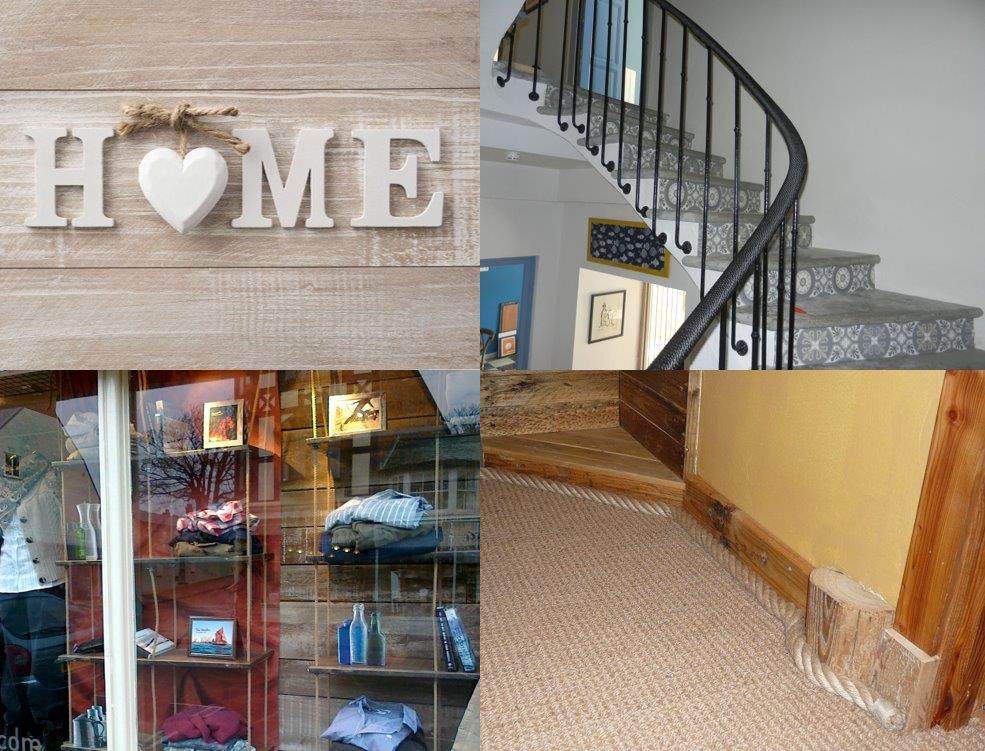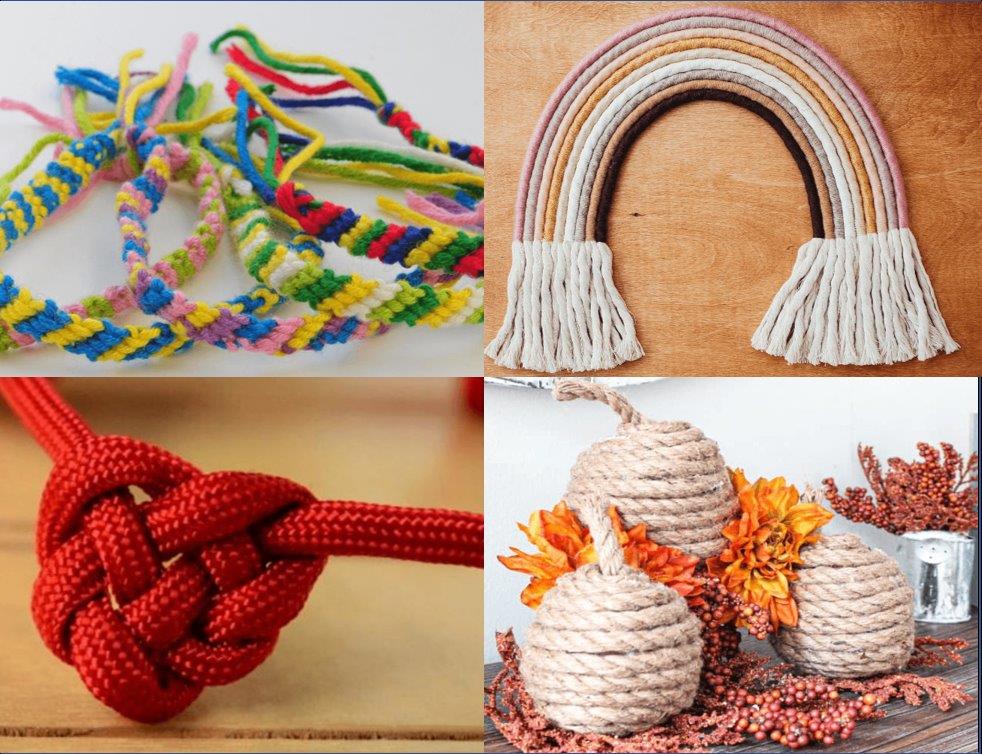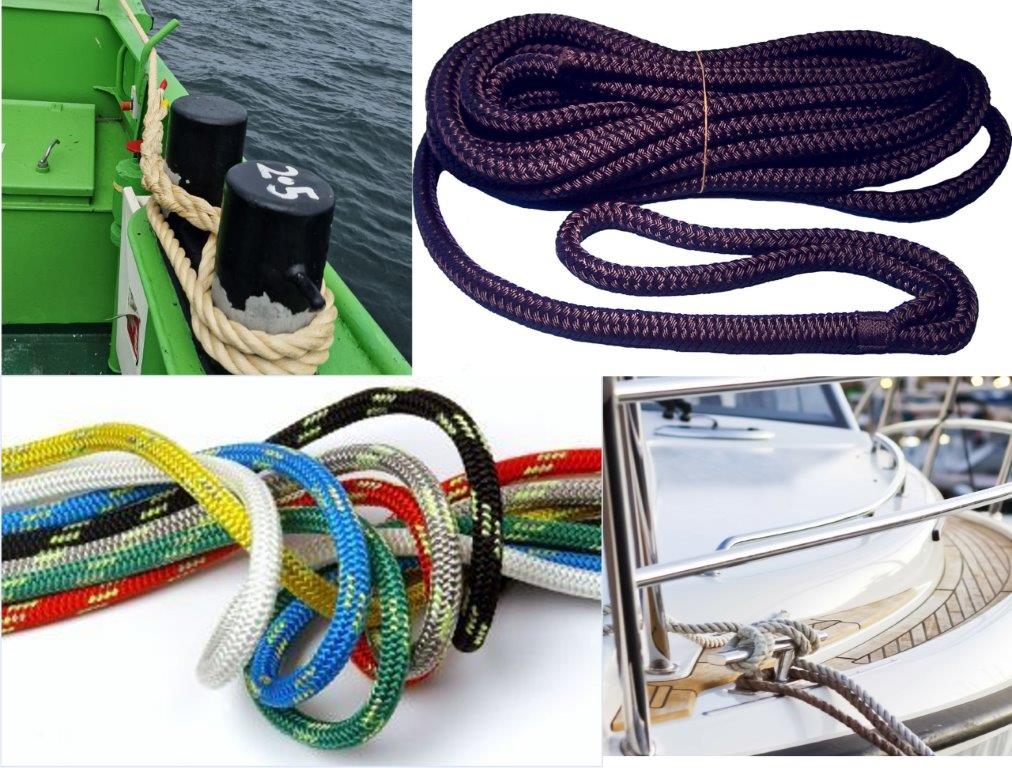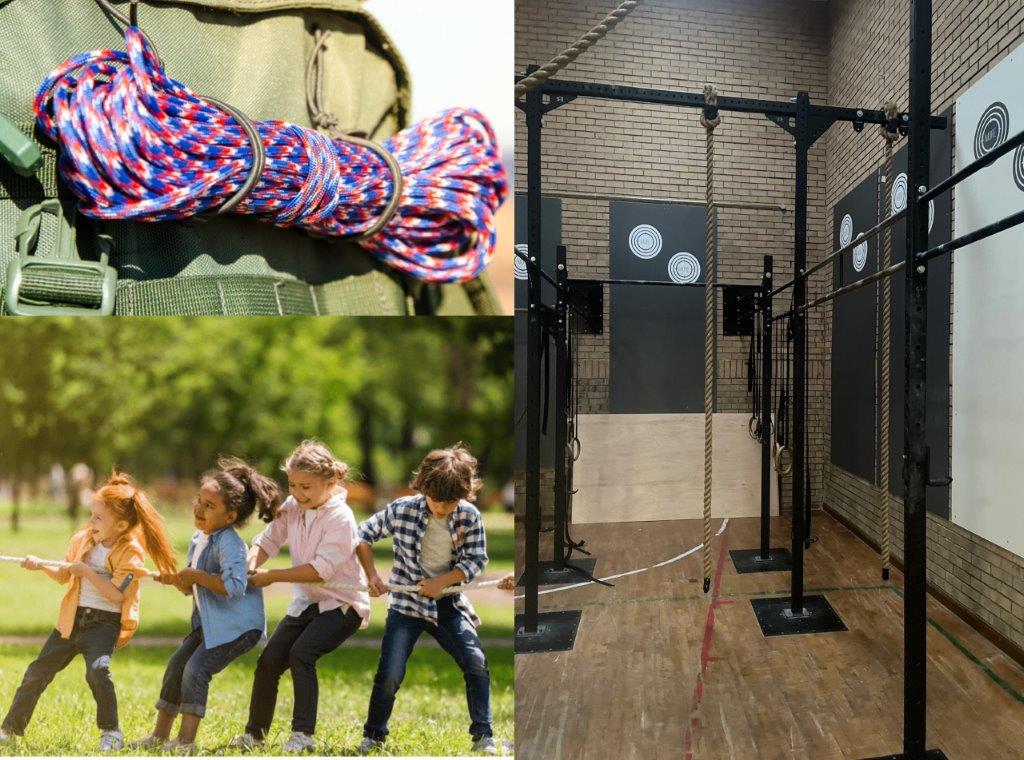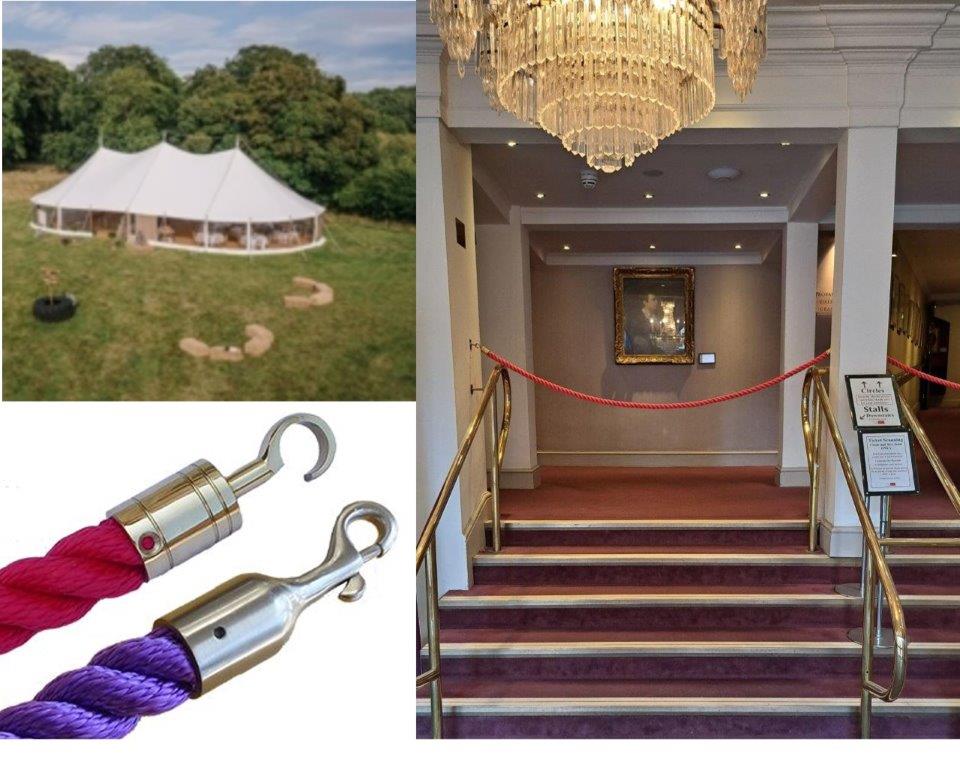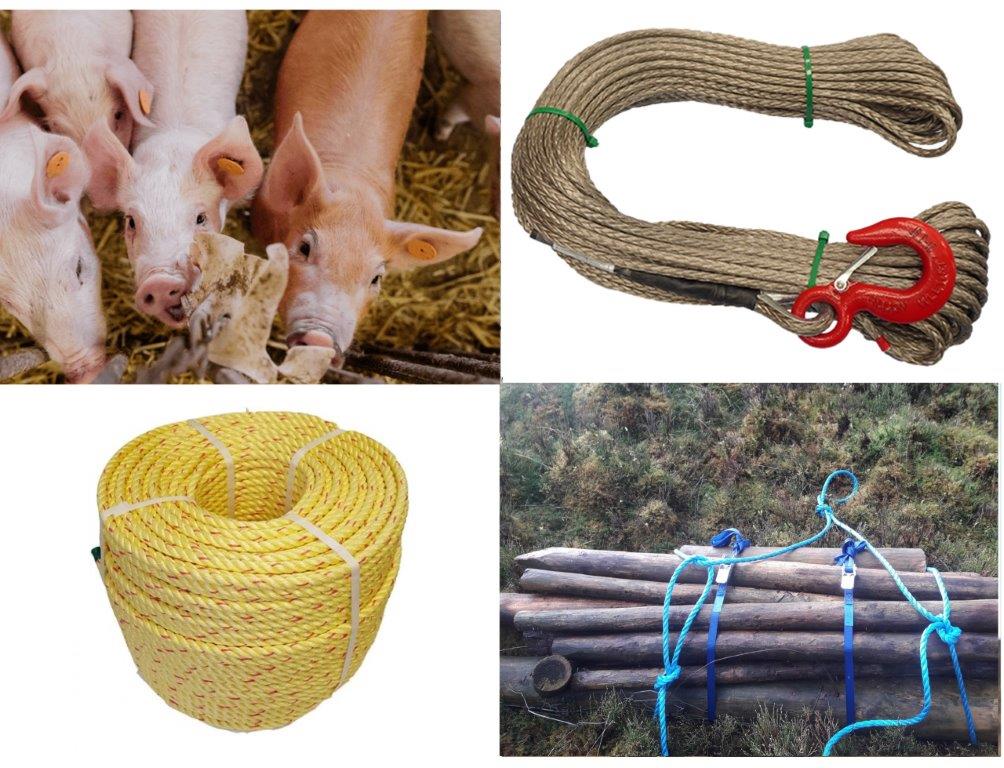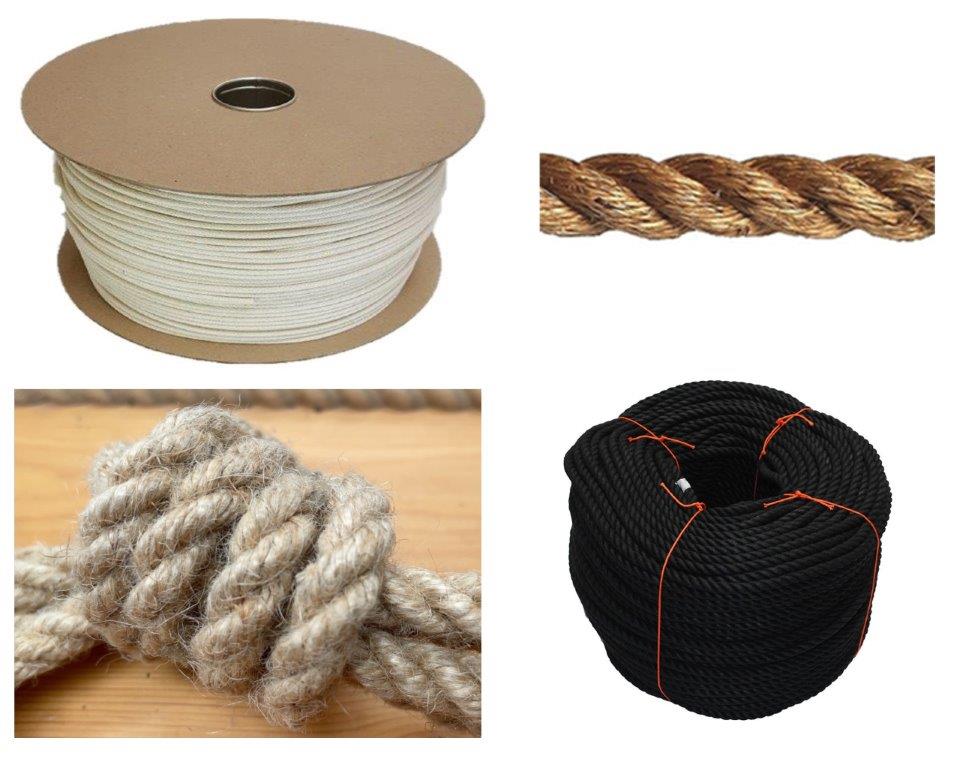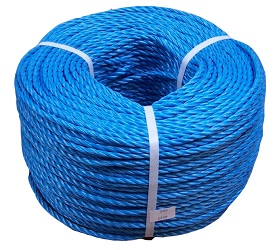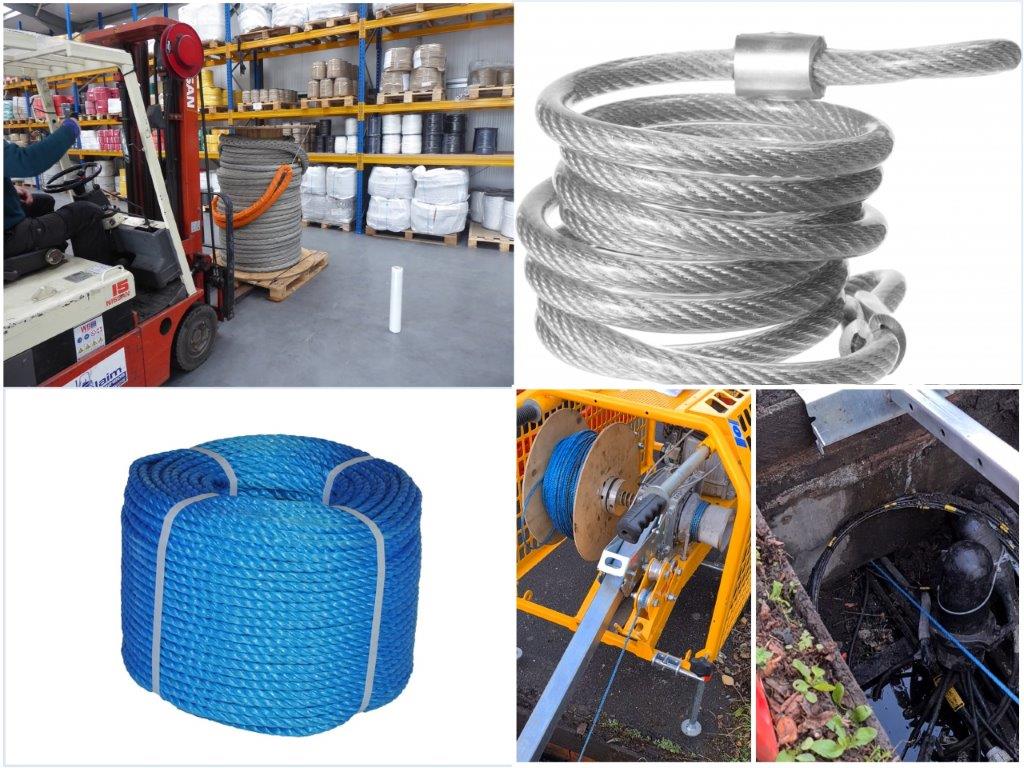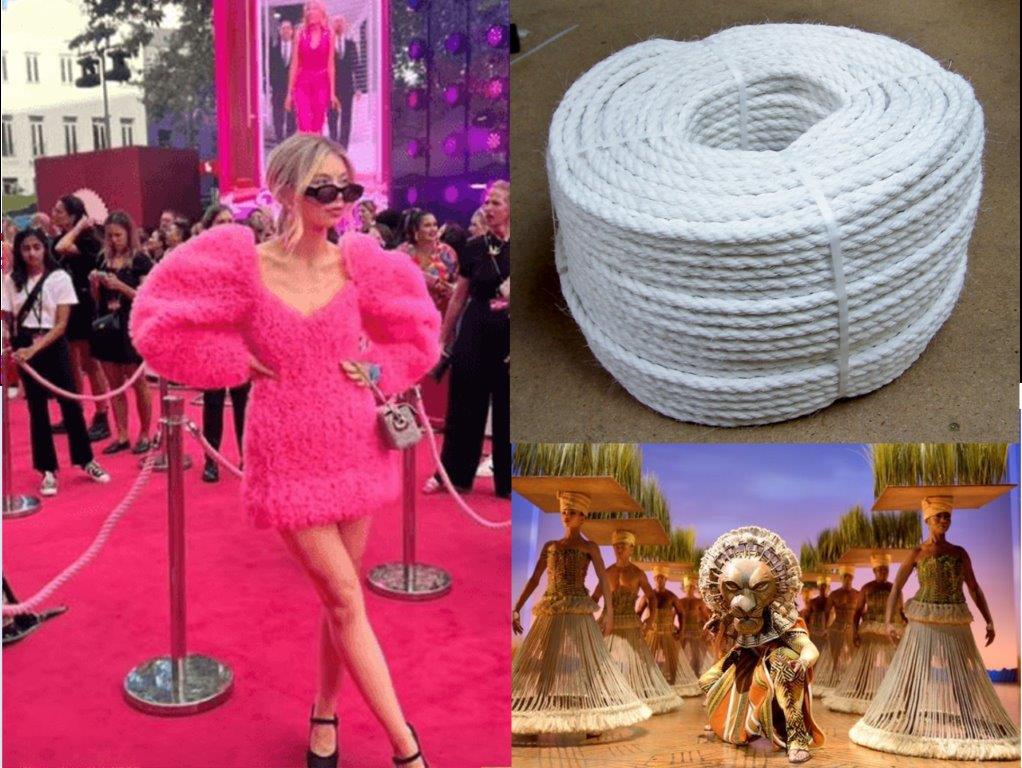Help Choosing Rope
If you know what you need, then browse our main menu of products to the left.
But if you want a bit more help, see below for:
- RopeFinder - our easy to use guide
- Things to Think About
- Key Properties of Rope
- "Be Inspired" - a massive library of practical articles, examples and good ideas
Rope Finder - select a picture and we will help you choose the rope you need
Things to think about
Where will the rope be used? (i.e. indoors or outdoors)
What day-to-day conditions will it be exposed to? (i.e. UV rays, water, abrasion)
How strong does the rope actually need to be?
Do you want a natural fibre or synthetic (ie made from a spun plastic). Synthetic ropes can often be just as soft and lovely to handle than natural ropes, sometimes softer!
How you would like it to look (i.e. colour, texture)
How thick do you need it? Our ropes are measured by the diameter (the cross section of the rope) not the circumference. Diameters are measured in millimetres. See picture below.
Decking Rope: We advise you wait for your rope to arrive before cutting or drilling posts - and drill a test hole first - because rope can vary in diameter. You will probably need to drill a much larger hole otherwise the rope might 'bunch' up as you try to feed it through. For example to feed a 32mm decking rope through a post, we might try a 36mm test hole.
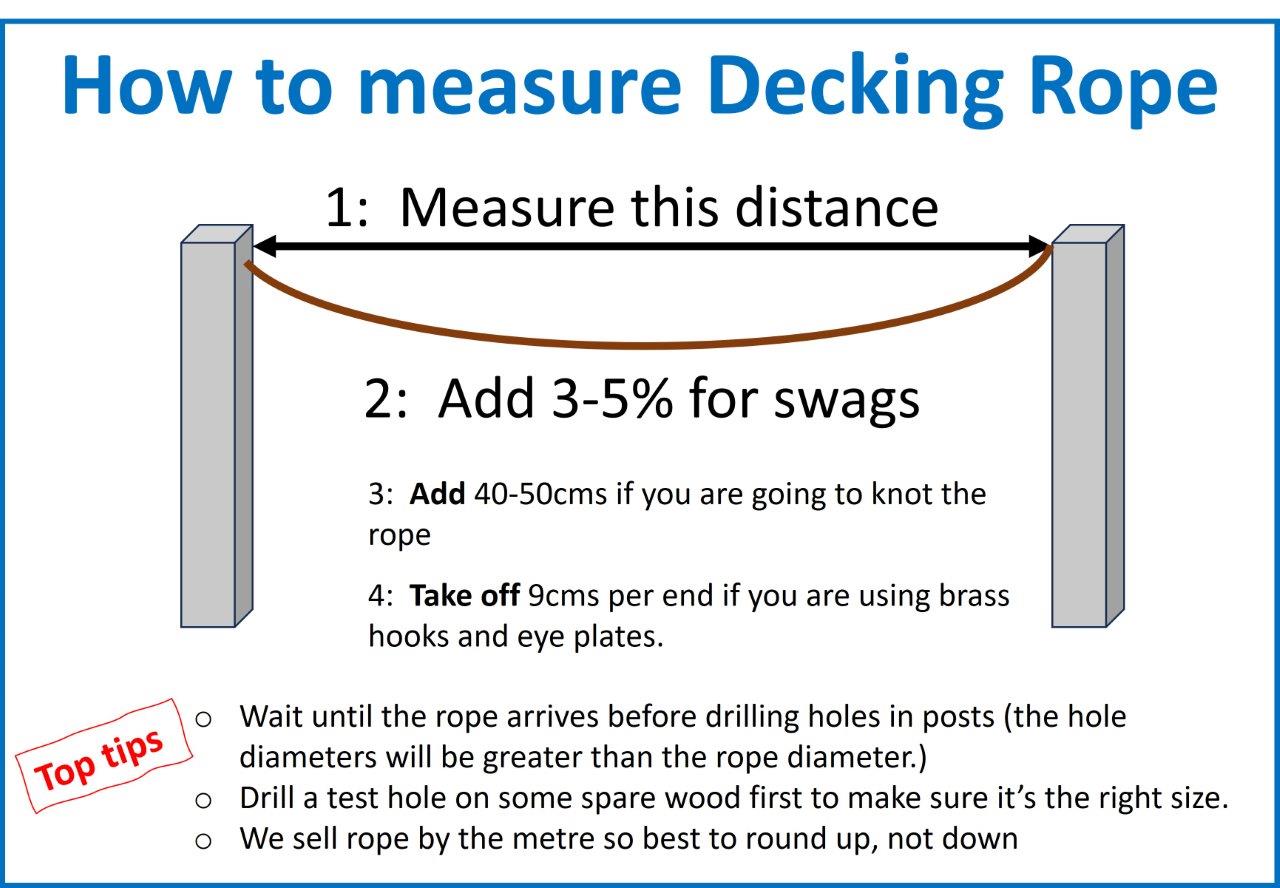
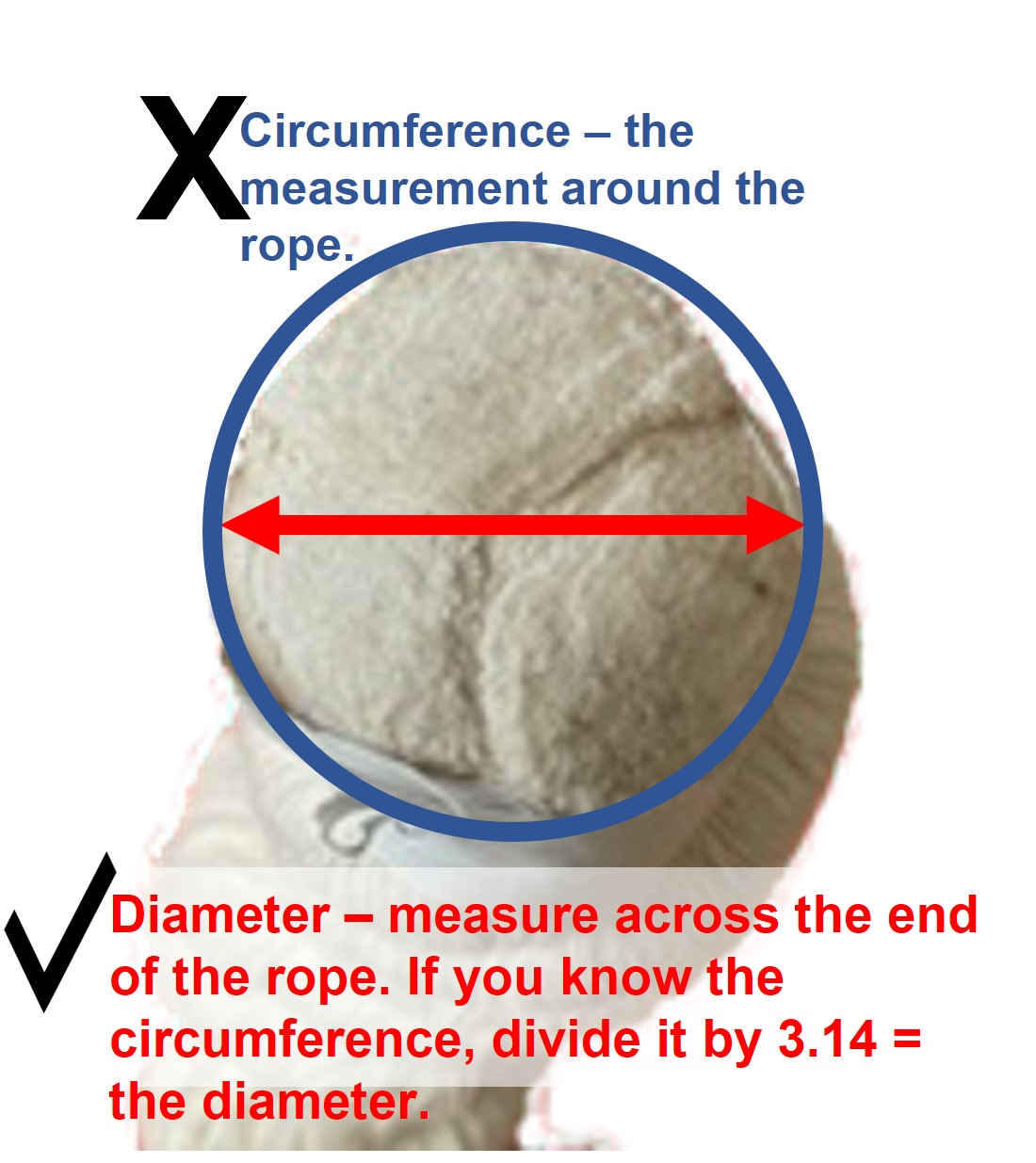
Another way of measuring for decking rope is simply to suspend some string between each post, allowing for the depth of swag you like best. You will still need to make allowances for knots and metal fittings as per the diagram above.
Be Inspired
 There’s brilliant real-life knowledge and advice in our section called “Be Inspired”, with articles to help you select an appropriate rope.
There’s brilliant real-life knowledge and advice in our section called “Be Inspired”, with articles to help you select an appropriate rope.
You’re also welcome to contact us. Our team have fantastic knowledge of all the products for sale and we’ll gladly advise on the best rope size and style for your requirements.
Key Properties of Ropes
Rope type
Properties
Sisal, Hemp, Manila, Flax
Melting point: Natural rope - so it smoulders or burns
In Water: Sinks, absorbs water
UV resistance/ abrasion: Fades in sunlight, susceptible to abrasion
Other: Natural product (plant fibres)
Cotton
Melting point: Natural rope - so it smoulders or burns
In Water: Sinks, absorbs water
UV resistance/ abrasion: Fades in sunlight, susceptible to abrasion
Other: Natural product, soft to handle.
Polypropylene
Melting point: 165°C
In Water: Floats, does not absorb water
UV resistance/ abrasion: Good UV resistance, Moderate abrasion resistance
Other: Lightweight, economical all-rounder
Polyester
Melting point: 260°C
In Water: Sinks, absorbs water
UV resistance/ abrasion: Excellent UV and abrasion resistance
Other: Resistant to many chemicals
Nylon
Melting point: 215°C
In Water: Sinks, absorbs water
UV resistance/ abrasion: Very good UV and abrasion resistance
Other: Absorbs shock well
Polyethylene
Melting point: 140°C
In Water: Floats, does not absorb water
UV resistance/ abrasion: Good UV and abrasion resistance
Other: Resistant to many chemicals, low-stretch
Polysteel - blend of polypropylene and polyethylene
(Leaded polysteel has small lead filaments in to
help the rope submerge)
Melting point: 165°C
In Water: Floats, does not absorb water
UV resistance/ abrasion: Good UV and abrasion resistance
Other: Stronger than polypropylene
Staplespun (spun polypropylene fibres)
Melting point: 170°C
In Water: Floats, does not absorb water
UV resistance/ abrasion: Excellent UV and abrasion resistance
Other: Soft/hairy finish, excellent grip (ie for knots)
HMPE (High Modulus PolyEthylene)
(Dyneema is one well known brand of HMPE)
Melting point: 135-145°C (max working temperature 80°C)
Water: Does not absorb water
UV resistance/ abrasion: Good UV, excellent abrasion resistance
Other: One of the strongest ropes you can buy, enabling you to use thinner diameters than when using other types of rope.

